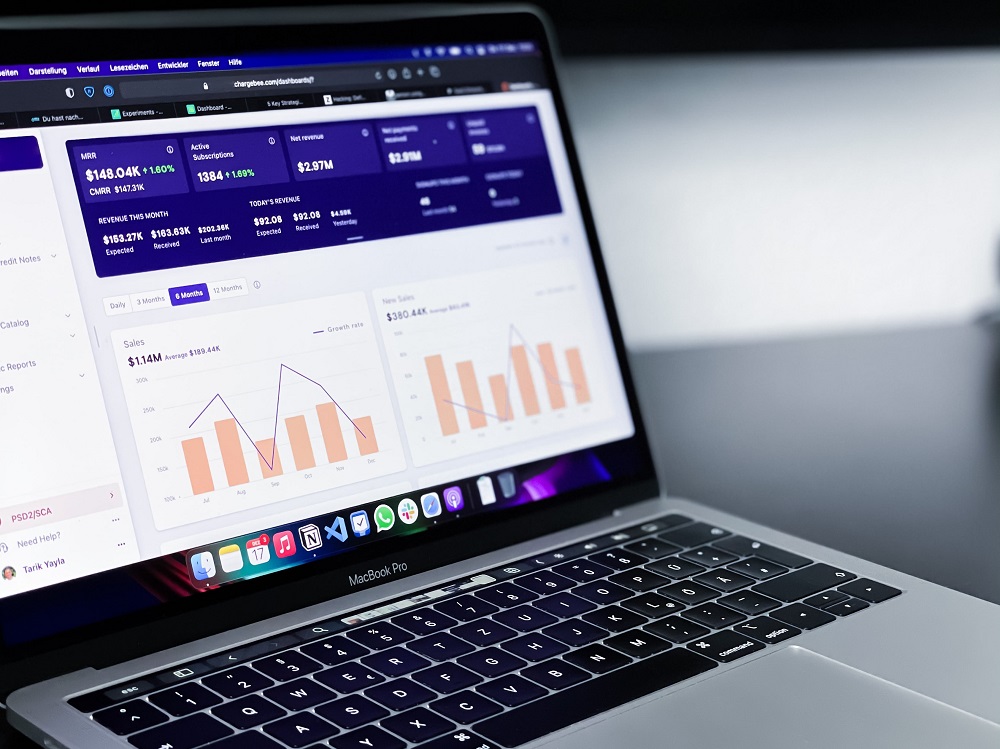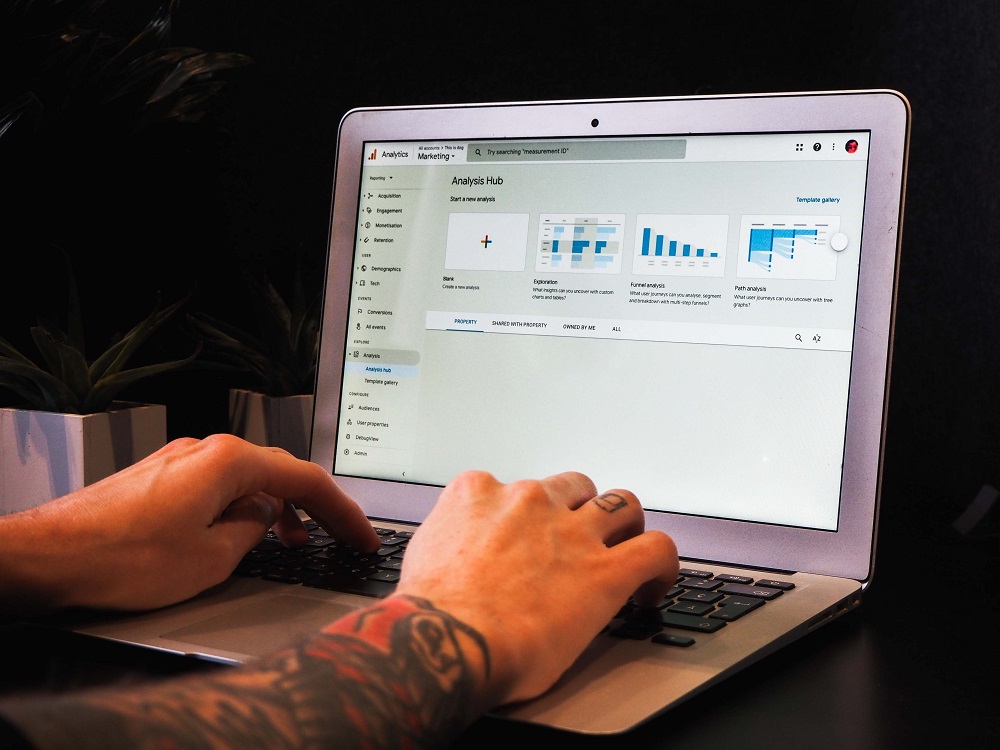In today's data-driven business environment, customer service has become one of the most important aspects of any successful business. Businesses must be able to respond quickly to customer inquiries, complaints, and feedback to maintain customer satisfaction and loyalty. Insights into consumer behavior, preferences, and trends are made possible by data analytics, making it a potent tool for enhancing customer service.
By revealing previously unknown information about their clientele, data analytics can help organizations vastly enhance their level of customer care. The demands, tastes, and behavior patterns of customers can be better understood by businesses when they analyze customer data. This understanding allows businesses to tailor their customer service approach to meet the specific needs of each customer, resulting in improved customer satisfaction and loyalty.
In this blog, we will discuss how data analytics can improve customer service and how businesses have successfully implemented data analytics to improve customer service.
Ways data analytics can improve customer service
Customer Segmentation
Data analytics can help businesses segment their customers into different groups based on demographics, behavior, or preferences. By understanding each customer segment's unique needs and preferences, businesses can provide personalized service that caters to their specific needs. For example, an online retailer could segment its customers into groups based on their purchase history and use data analytics to identify the products that each group is most likely to purchase. This would allow the retailer to provide targeted marketing campaigns to each group, resulting in increased sales and improved customer satisfaction.
Real-time Analytics
With the use of real-time data analytics, companies may gain an actionable understanding of client behavior in real-time. Businesses can swiftly address consumer concerns, complaints, or suggestions when they can see how they're interacting with the company in real-time. For example, a social media platform could use real-time analytics to identify negative sentiment towards their service and immediately take action to address the issue. This could involve launching a customer support campaign or updating their platform to address the specific issue.

Predictive Analytics
Predictive analytics is useful for organizations because it allows them to better anticipate client wants and needs by analyzing past behavior. Businesses can gain valuable insights into their customers' likely future actions by studying historical data for recurring patterns and trends. With the help of predictive analytics, a bank, for instance, may see which of their customers would defect to a rival firm based on their spending habits. The institution could then offer personalized incentives to retain these customers, such as special offers or personalized services.
Chatbots and Virtual Assistants
By providing an automated customer care solution, chatbots, and virtual assistants can help organizations speed up responses and boost customer satisfaction. Chatbots and virtual assistants powered by natural language processing (NLP) and machine learning algorithms can offer customized assistance to clients by way of responses to frequently asked queries, product suggestions, and order fulfillment. A chatbot could be used by an e-commerce site to make suggestions about products the user might like based on their previous purchases and searches.
Sentiment Analysis
Sentiment analysis is a technique used to analyze customer feedback and identify positive or negative sentiments toward a business or product. By using sentiment analysis, businesses can quickly identify areas where they need to improve their customer service and take action to address these issues. For example, a hotel chain could use sentiment analysis to identify areas where customers have had negative experiences, such as slow service or poor room quality. The hotel chain could then take action to address these issues, such as increasing staff training or renovating rooms.
Customer Lifetime Value Analysis
Customer lifetime value analysis is a technique used to predict the total value that a customer will bring to a business over their lifetime. By analyzing customer data, businesses can identify their most valuable customers and provide personalized service that caters to their needs. For example, a bank could use customer lifetime value analysis to identify high-net-worth individuals and offer them personalized investment advice or other premium services.

Social Media Monitoring
The term "social media monitoring" refers to a method of keeping tabs on various social media sites in order to ascertain the general attitude of users towards a brand or its products. Business owners may swiftly respond to client concerns, complaints, and suggestions by employing social media monitoring tools. For example, a telecom company could use social media monitoring to identify negative sentiment towards their service and respond by launching a customer support campaign or improving their network infrastructure.
Personalized Recommendations
With data analytics, you can provide shoppers suggestions for new products to try based on what they've looked at and bought in the past. Businesses may boost customer happiness and revenue by offering individualized product suggestions. For example, an online retailer could use data analytics to recommend products that are similar to those that the customer has previously purchased or viewed.
Feedback Analysis
The goal of feedback analysis is to examine client comments in order to discover suggestions for enhancing a company's offerings. Businesses can utilize consumer feedback analysis to spot trends and patterns that might inform product and service development efforts. For example, a software company could use feedback analysis to identify common issues that customers are experiencing with their software and work to address these issues in future updates.
Data Analytics Strategies
Here are some data analytics strategies that businesses can use to improve customer service:
Collect and analyze customer feedback
An organization can learn a lot about how to better serve its clientele by listening to their opinions. Surveys, social media, and contact with customer service representatives are just a few examples of how businesses may use data analytics to better understand and respond to customer input across numerous platforms. This analysis can help identify patterns and trends that can inform improvements to customer service.

Implement predictive analytics
In order to provide better service to their customers, firms might use predictive analytics to foresee their demands. By studying customer behavior data, for instance, firms can determine which customers are most likely to leave and take preventative measures to keep them as clients.
Use real-time analytics
Real-time analytics can help businesses to respond quickly to customer issues and provide personalized service. For example, by using real-time analytics, businesses can identify when a customer is experiencing an issue and provide immediate assistance.
Utilize AI-powered chatbots
Chatbots can provide customers with quick and efficient support. By using AI-powered chatbots, businesses can analyze customer queries and provide personalized responses based on customer data.
Implement data-driven personalization
Data analytics can help businesses to provide personalized customer experiences. By analyzing customer data, businesses can provide personalized product recommendations, targeted marketing campaigns, and customized communication.
Conduct customer segmentation analysis
Businesses can improve their customer service by conducting customer segmentation analysis to learn more about their clientele and develop strategies to meet their unique needs. Businesses can improve the quality of their customer service by targeting specific demographic, behavioral, and preference groups.

Track customer journeys
By tracking the customer journey, businesses can gain insights into the various touchpoints that customers have with their brand. This can help companies focus on potential problem areas and take corrective action before customers become too frustrated to return.
Use sentiment analysis
Through sentiment analysis, companies may get a feel for how customers feel about their brand, products, and services. By analyzing customer feedback across various channels, businesses can identify positive and negative sentiments and take action to address issues and improve customer satisfaction.
Utilize social media analytics
Social media analytics can help businesses to monitor customer sentiment, track customer feedback, and identify opportunities for engagement. A company's social media presence can be enhanced by studying social media data to learn how customers are interacting with the brand.
Implement customer lifetime value analysis
Customer lifetime value analysis can help businesses to understand the value that individual customers bring to their business over time. By analyzing customer data, businesses can find their most valuable customers and give them personalized service to keep them.

Use data visualization
Data visualization can help businesses to quickly and easily understand complex customer data. By using charts, graphs, and other visualizations, businesses can identify patterns and trends that can inform their customer service strategies.
By implementing these data analytics strategies, businesses can improve their customer service by gaining insights into customer behavior and sentiment, providing personalized service, and addressing issues proactively.
Conclusion
Data analytics is a useful tool for enhancing customer service since it provides businesses with valuable insights into client preferences, trends, and preferences. By using data analytics, businesses can provide personalized service, respond quickly to customer issues, and anticipate customer needs. The examples discussed in this blog demonstrate how businesses across various industries have successfully implemented data analytics to improve their customer service and gain a competitive advantage.
In today's digital environment, consumers may quickly and easily obtain any information. With smart gadgets, product or service information is easily accessible. This has raised the difficulty of obtaining real consumer insights and analytics in order to succeed in a customer-centric company environment.
The customer analytics services of SG Analytics, one of the leading research and analytics organizations in the UK, streamline the process of collecting consumer information by utilizing sophisticated customer analytics models. With our customer analytics services, we create effective customer acquisition and retention strategies and never lose another prospective client.
SG Analytics consumer insights and analytics services can be used to personalize marketing strategies and customer experiences.

FAQ
What is the role of big data analytics in improving customer engagement?
Big data analytics plays a crucial role in improving customer engagement by providing businesses with the insights necessary to create more personalized and effective customer experiences. A company's ability to anticipate and meet the demands of its consumers is greatly enhanced by the analysis of enormous amounts of customer data. This has the potential to increase revenue, client satisfaction, and loyalty.
What is the goal of customer analytics?
The goal of customer analytics is to understand and analyze customer behavior and preferences in order to improve customer satisfaction, loyalty, and retention. By evaluating customer data, organizations can obtain insights into consumer behavior, uncover patterns, and make data-driven decisions to enhance the customer experience as a whole.
How can data analytics enhance customer service?
Data analytics has the potential to improve customer service in a number of ways, including the following:
- Personalization - With the analysis of consumer data, businesses are able to develop more individualized experiences for their clientele. These individualized experiences can include personalized recommendations, offers, and communications.
- Proactive problem-solving - Data analytics can help businesses identify potential issues before they arise, allowing them to take proactive measures to address them and prevent negative customer experiences.
- Omnichannel support - Data analytics can help businesses track customer interactions across multiple channels, enabling them to provide a seamless customer experience across all touchpoints.
- Real-time monitoring - Data analytics can help businesses monitor customer feedback in real-time, allowing them to quickly identify and address issues and improve the overall customer experience.









